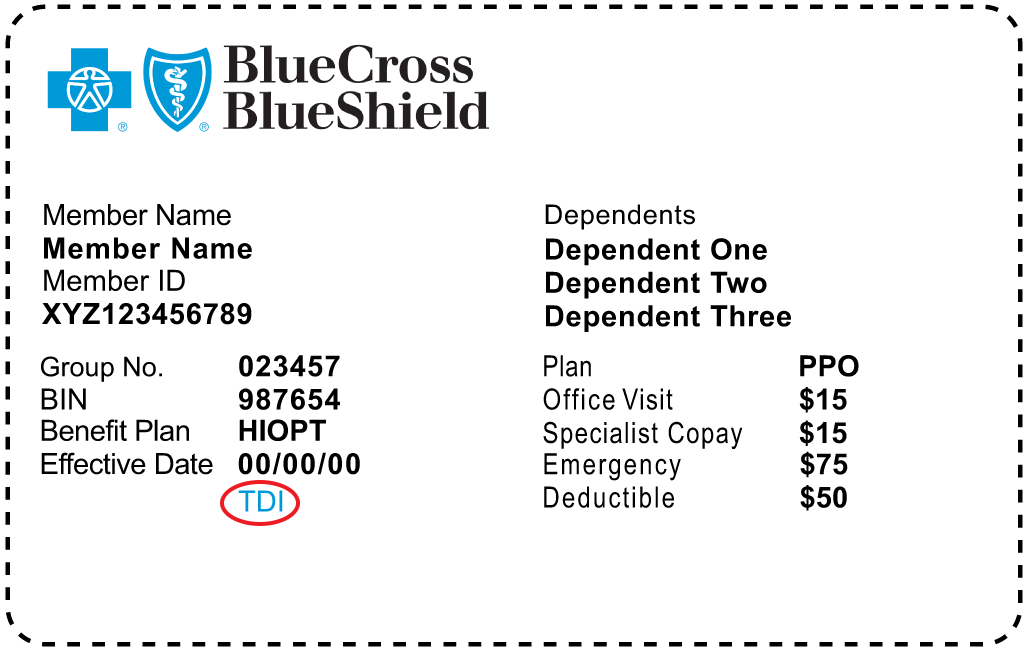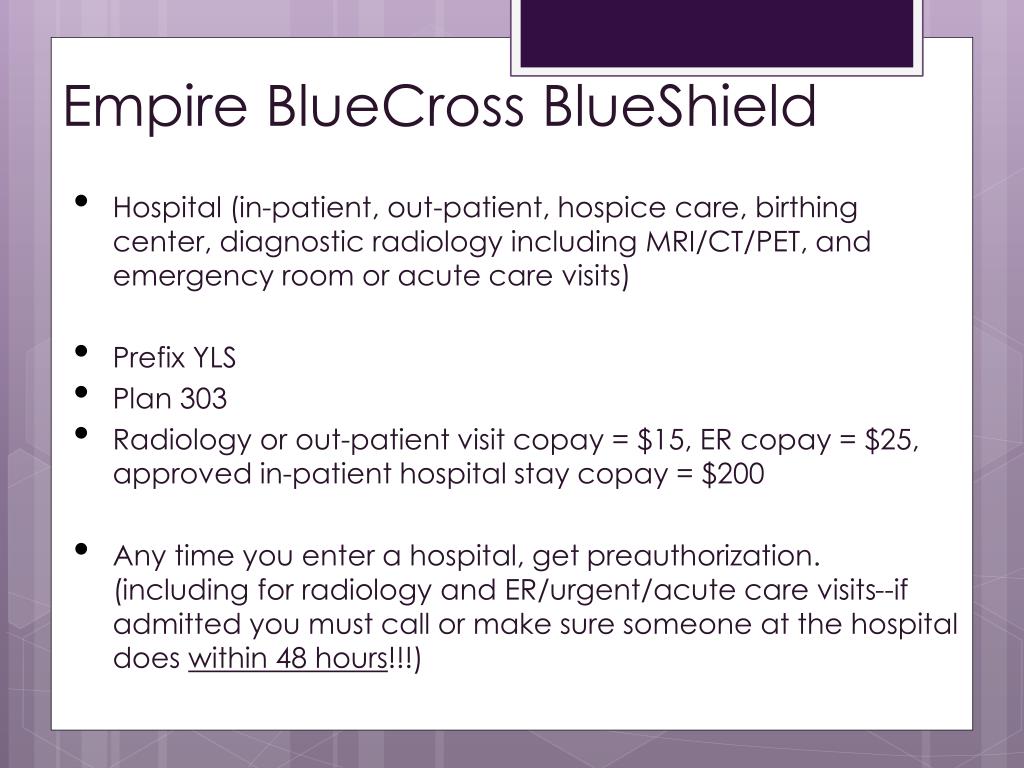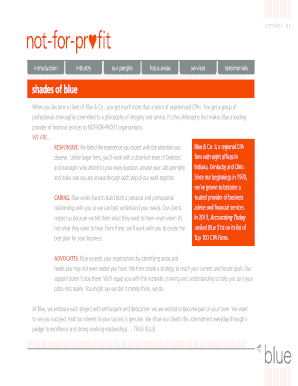- Blue Cross Blue Shield Medical Policies
- How Much Does Blue Cross Blue Shield Cover For Emergency Room Visits

Sometimes it's easy to know when you should go to an emergency room (ER), such as when you have severe chest pain or unstoppable bleeding. At other times, it's less clear. Where do you go when you have a sprained ankle or an ear infection? The ER is always an option, but it can be an expensive one.

What's more, as a growing number of people use ERs to treat minor illnesses, wait times for non-life threatening conditions are increasing. If you are not severely ill or injured, you will likely spend more time waiting in an ER than if you visit an urgent care center or other health care provider.
Blue Cross Blue Shield Medical Policies

When considering your time, money and – especially – your health, it's important to know your options. The good news is that you have choices for receiving in-network care that work with your schedule and give you access to the kind of care you need. Know when to use each for non-emergency treatment and when it's necessary to go to the ER.
BASIC PROVISIONS Blue Cross Blue Shield Solution 102 M, a Multi-State Plan YOUR COST Hospitals Benefits Daily bed, board and general nursing care, and ancillary services (i.e., operating rooms, drugs, surgical dressings, and lab work). Inpatient Hospital Covered Services Participating 20% of the Eligible Charge Non-Participating 50% of the Eligible. Third Party Website Icon: Please be aware when you are on the Blue Cross and Blue Shield of Minnesota (Blue Cross) website and see this Third Party Website icon, you will be connected to a third party site, whether via links provided by Blue Cross or otherwise, and you will be subject to the privacy policies of the third party sites. The $250. copayment for usage of an emergency room may be waived when the subscriber had no reasonable medical alternative. The absence of a reasonable medical alternative is determined by reference to the following circumstances.
Doctor's Office
Your doctor's office is generally the best place to go for non-emergency care such as health exams, colds, flu, sore throats and minor injuries. Seeking treatment from your doctor will often result in lower out-of-pocket costs than either an urgent care facility or an ER.
Your doctor's office may take walk-ins, but it's best to call ahead to see if this option is available. You may need to make an appointment.
If you have an HMO, you should visit your primary care physician (PCP). Your PCP can provide non-emergency treatment or refer you to a specialist if your medical condition requires specialized treatment. If you do not have a PCP, call the number on the back of your member ID card or use Provider Finder® to search for a doctor within your plan's network
How Much Does Blue Cross Blue Shield Cover For Emergency Room Visits
.Retail Health Clinic
Walk-in clinics are often located in stores and pharmacies and provide convenient, low-cost treatment for minor medical problems like: ear infections, athlete's foot, bronchitis and some vaccinations. Their hours are similar to retail store hours, and their out-of-pocket costs are generally lower than an urgent care facility or an ER. Walk-in clinics are a great option for non-emergencies if you do not have a doctor or cannot get in to see your doctor on a timely basis.
Urgent Care Facility
Urgent care centers can provide care when your doctor is not available and you don't have a true emergency, but need immediate care. For example, they can treat sprained ankles, fevers, and minor cuts and injuries. These are illnesses or injuries that do not pose an immediate threat to your health or life.
Urgent care centers are often open on evenings, weekends and holidays. Medical services at an urgent care facility typically have lower out-of-pocket costs than an ER but may be higher than if you visit a doctor's office or a retail health clinic.
Emergency Room

Your local ER is available 24 hours a day, seven days a week and can treat serious illnesses and injuries. Drivers boser usb devices. For medical emergencies, call 911 first. You may need an ambulance if:
- You need to be moved by medical professionals to prevent further injury
- Your condition is life-threatening or you think it may be life-threatening
- The distance to the hospital would cause a significant delay in receiving immediately-needed medical assistance
In the event of an emergency, it's important to get care at the hospital closest to you. You don't need to get prior approval if the ER closest to you is out-of-network. In many cases, you won't be charged more for these services than you would at an in-network ER.
If you're ready to search for a doctor, retail health clinic, urgent care center, or hospital, visit Provider Finder® and select your plan's network.

